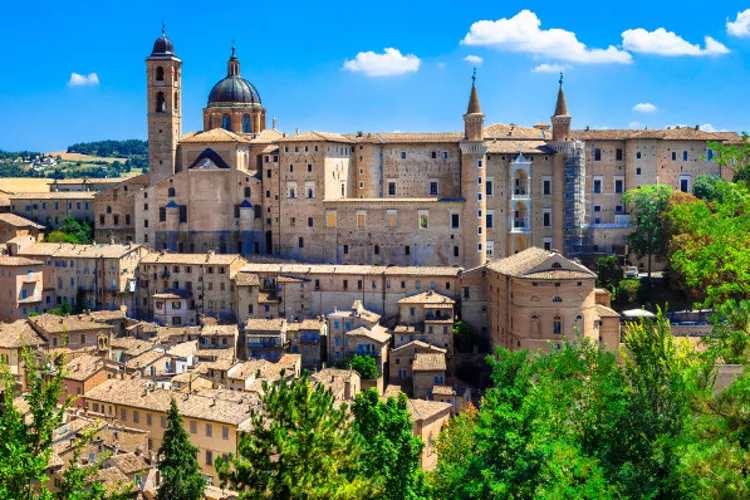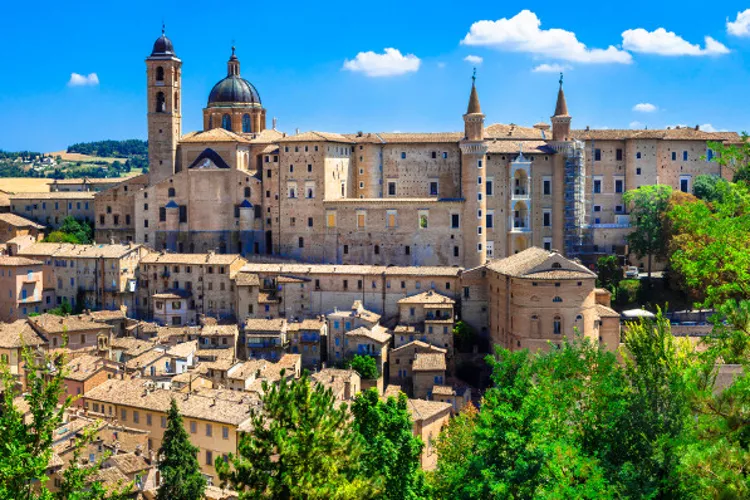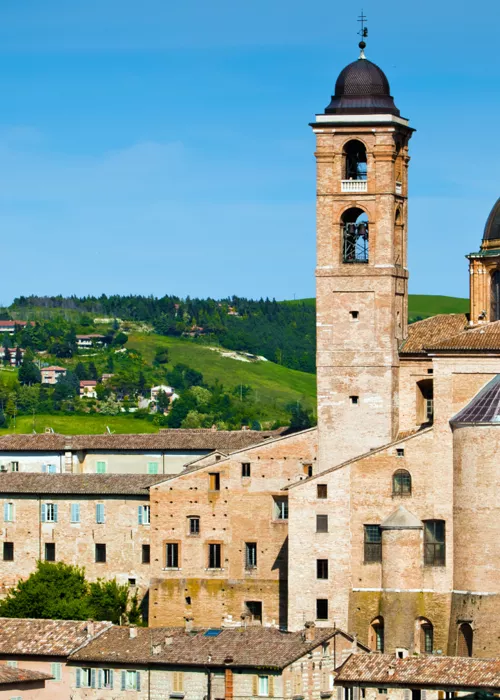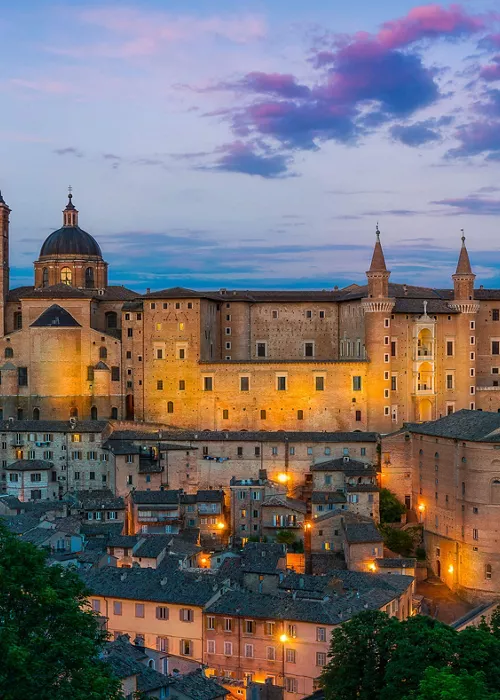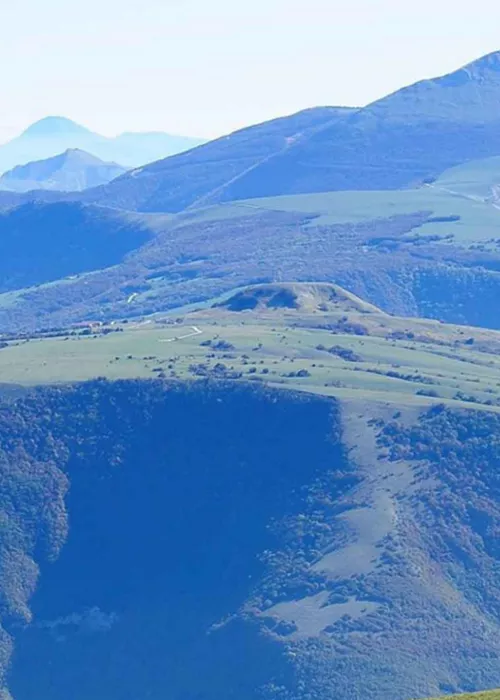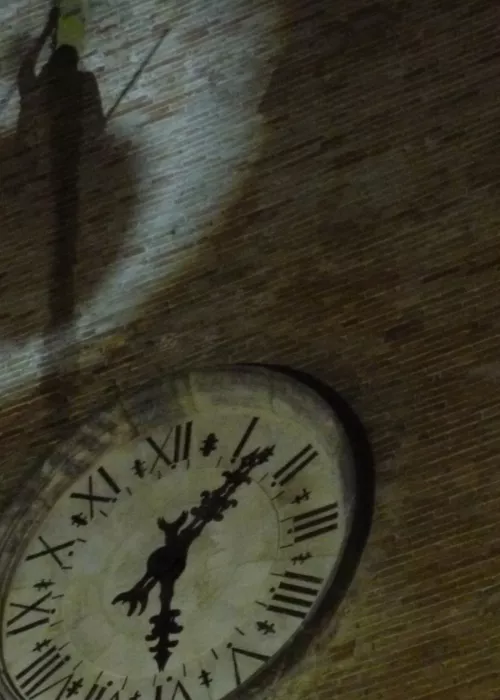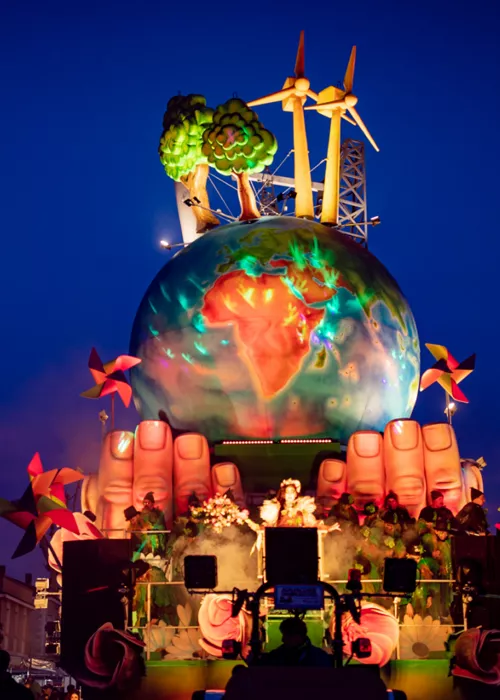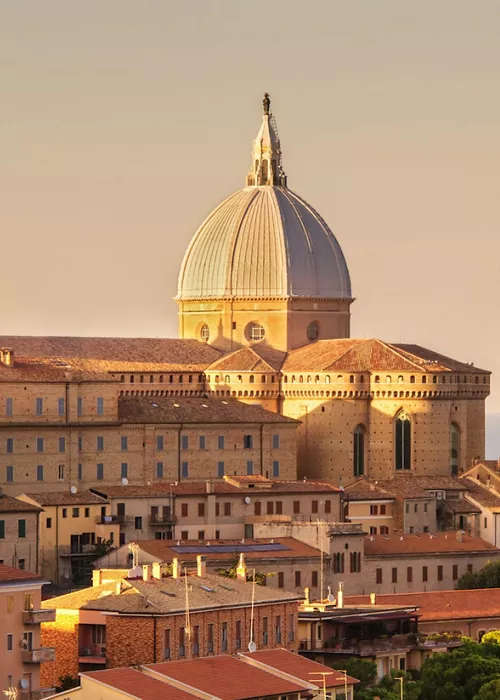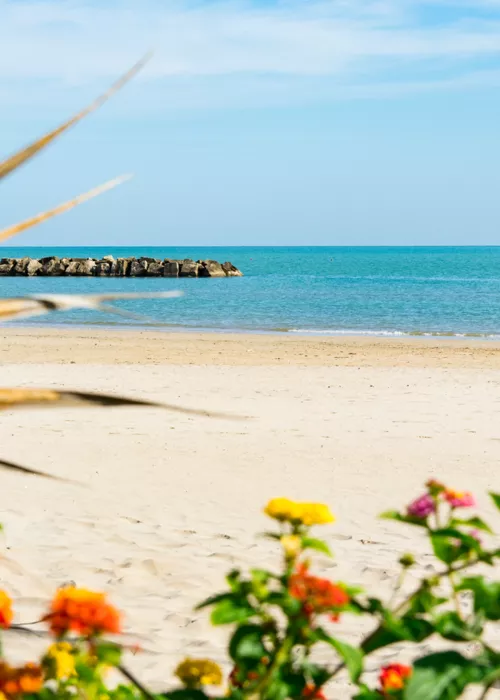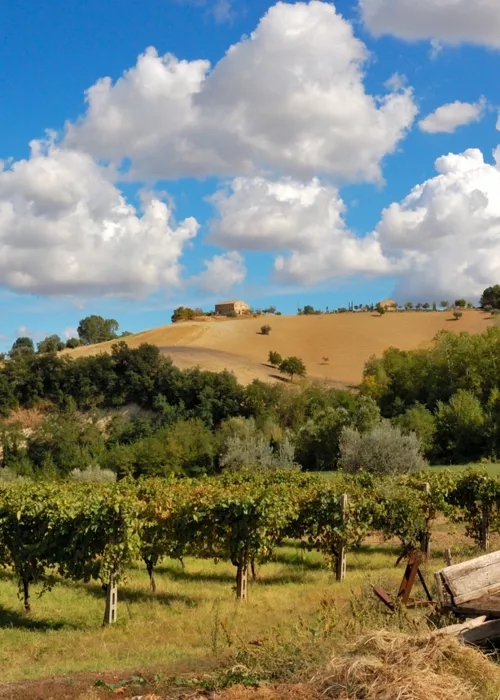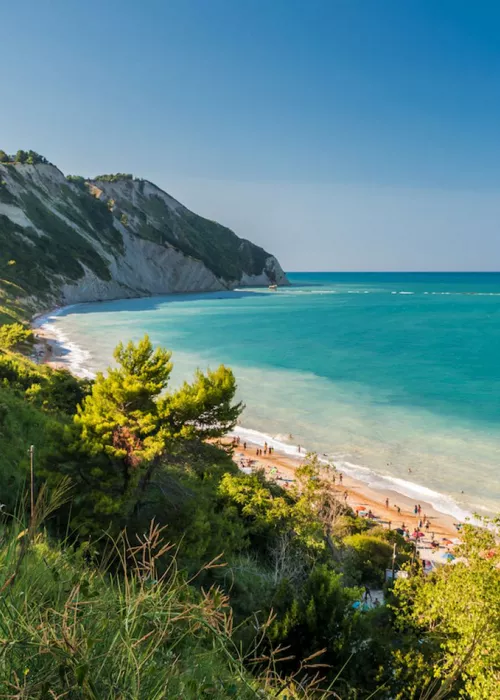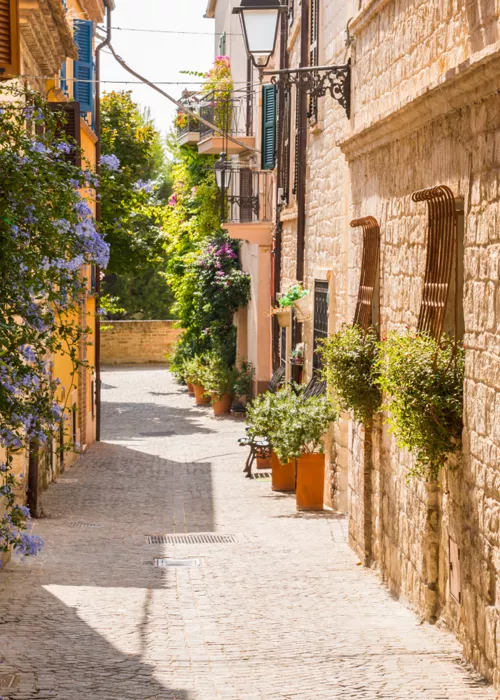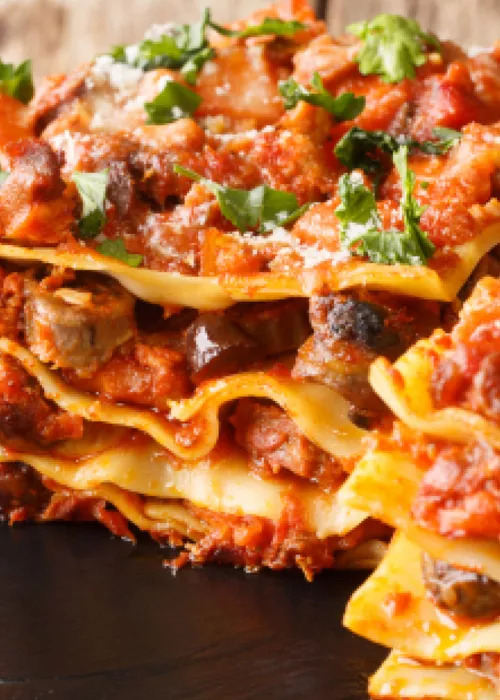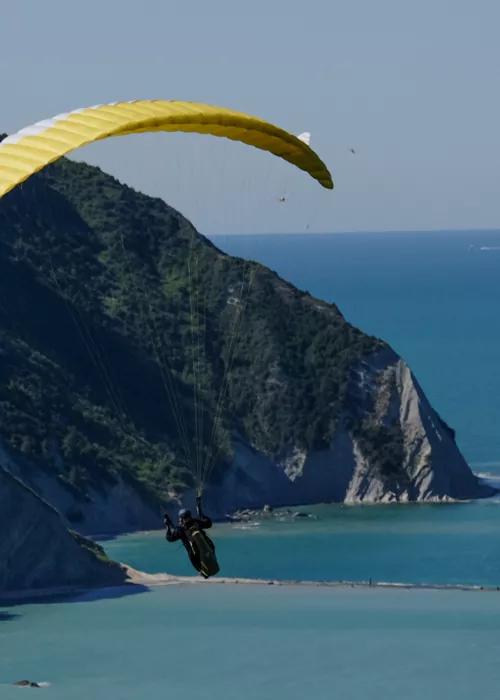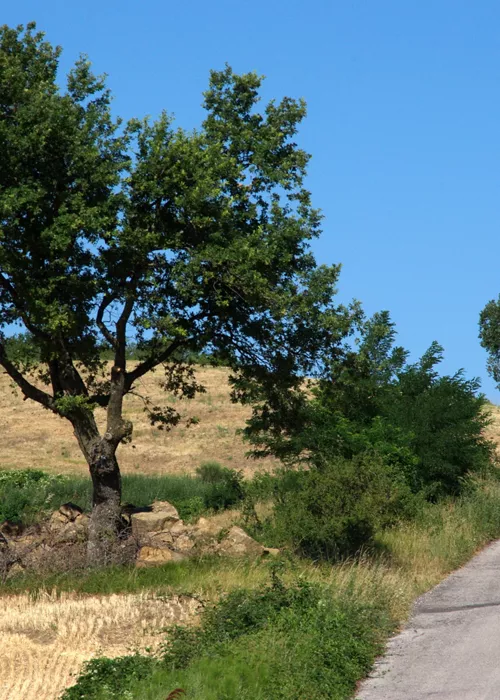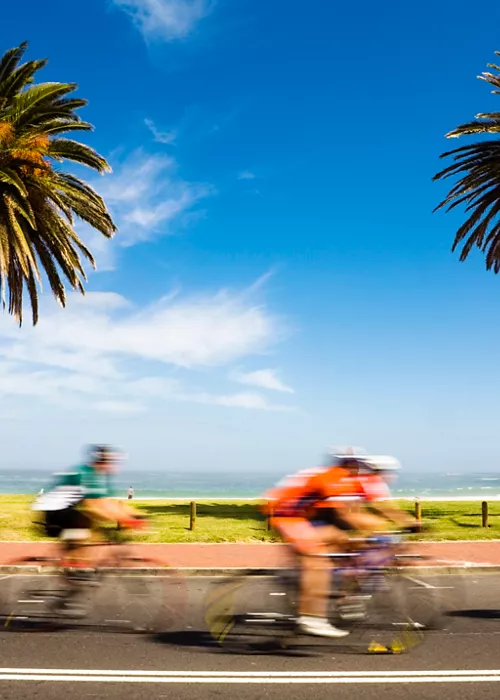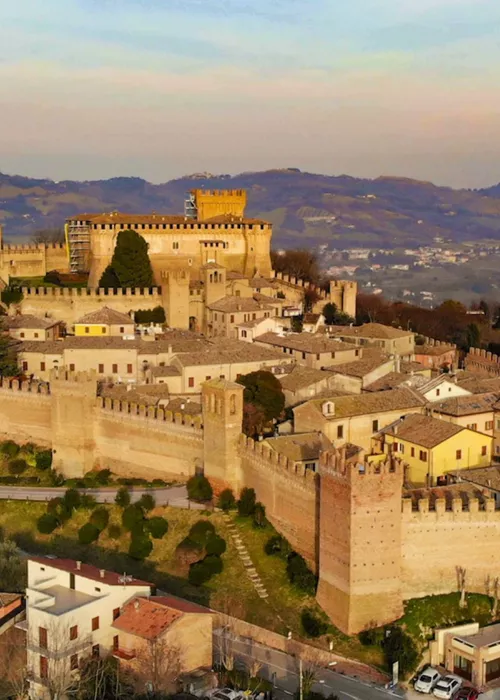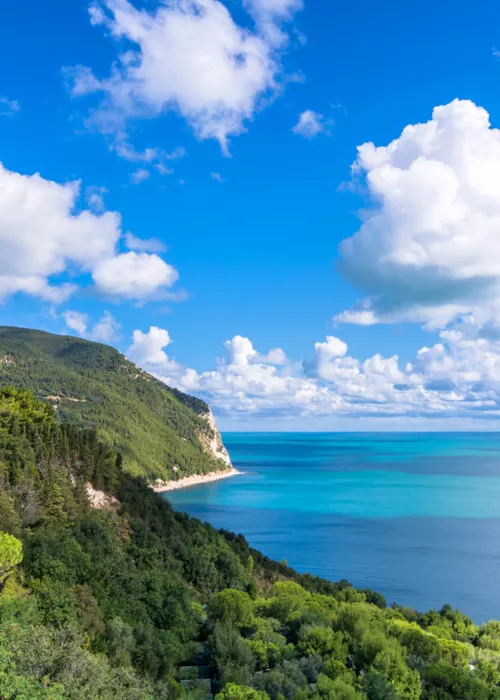Urbino is one of the most important centres of the Italian Renaissance, whose architectural heritage is still fully preserved today; its historical centre has been a UNESCO World Heritage Site since 1998. It is home to one of the oldest, most important universities in Europe, founded in 1506.
What to see
The Ducal Palace is one of the most interesting architectural and artistic examples of the entire Italian Renaissance. Baldassarre Castiglione called it a 'Palace in the shape of a city', impressed as he was by the palace where Federico da Montefeltro lived. With its characteristic small towers, the palace is home to the Galleria Nazionale delle Marche: the splendid architectural setting of the interior created by Laurana houses one of the most beautiful and important art collections of the Italian Renaissance. Duke Federico's studio inside the palace has a valuable coffered ceiling with the lower band covered with inlaid wood by Baccio Pontelli, per the designs of Sandro Botticelli, Francesco di Giorgio Martini and Donato Bramante.
The city’s civil and religious architecture include: the Museum-Home of Raphael Sanzio, where the famous painter lived; the Cathedral built in neoclassical style containing paintings by Federico Barocci, and the adjoining Albani Diocesan Museum; Sanzio Theatre built in the mid-19th century on the bastion of the Helical ramp; the Oratory of San Giovanni, where visitors can admire an impressive cycle of frescoes painted by the brothers Lorenzo and Jacopo Salimbeni from San Severino Marche between 1415 and 1416; the Oratory of San Giuseppe preserving the sculptural complex depicting the Nativity of Christ by Federico Brandani, as well as valuable decorations and works of art from the first half of the 18th century thanks to the patronage and donations of various members of the Albani family; the Mausoleum of the Dukes; Raphael College, established at the behest of Pope Clement XI in the early 18th century, which houses the city council chamber, some offices of the Prefecture and the University Physics Museum; the Albornoz Fortress built in the second half of the 14th century at the behest of Cardinal Egidio Alvares de Albornoz.
Specialities and events
The local specialities include the renowned 'Casciotta d'Urbino', a recognised PDO product; the semi-hard cheese has been made since ancient times. 'Crescia urbinate', also known as 'crescia sfogliata' is also quite tasty: a sort of focaccia eaten hot with sausage, field greens, ham, loin or cheese.
The most important events held in Urbino during the year are Festa del Duca (August) and Festa dell'Aquilone (September).



